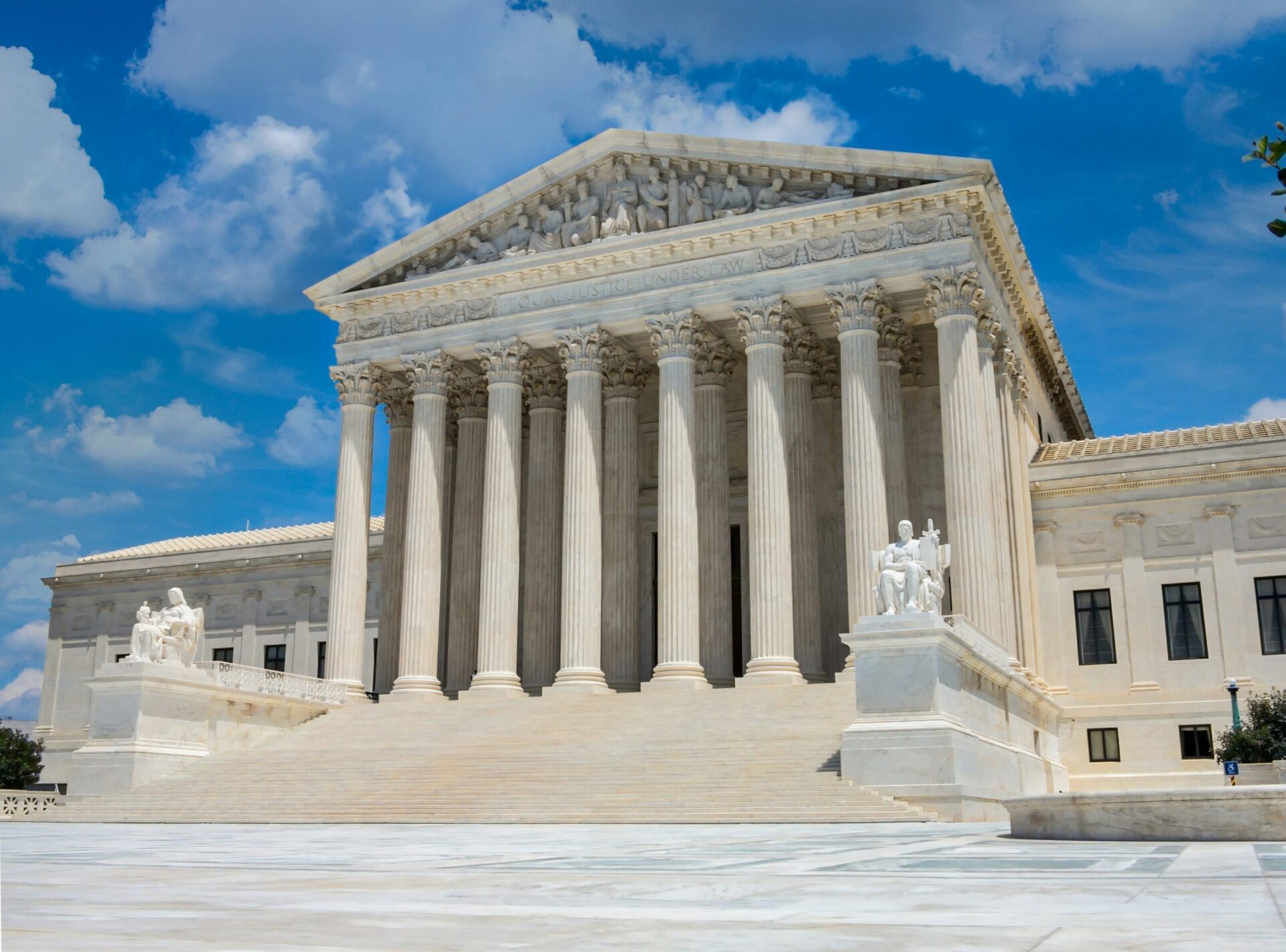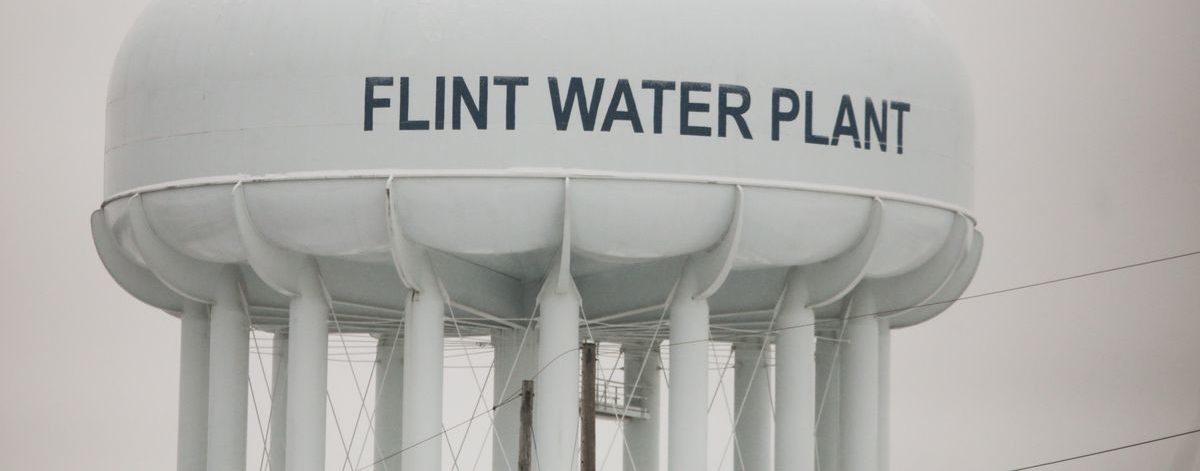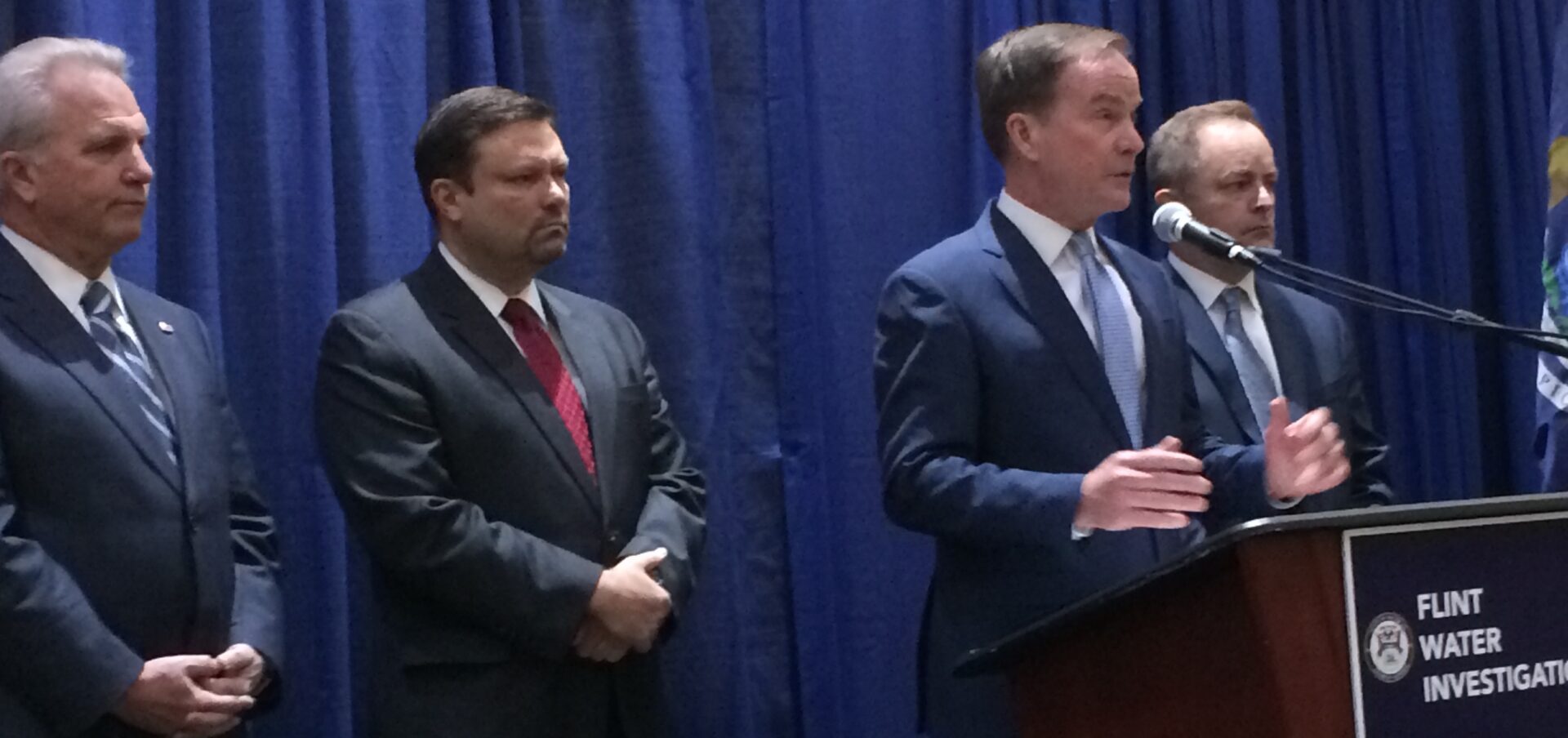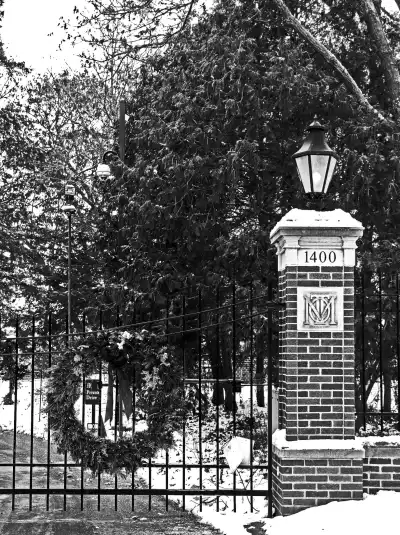By Paul Rozycki
After the assassination attempt on former president Donald Trump, the Republican National Convention, and the turmoil over President Biden remaining on the Democratic ticket and subsequently leaving the race, it’s been difficult to focus on any other political topic but the presidential election this summer.
But as the Supreme Court entered recess in late June, it left us with a legacy of major rulings that may be just as significant as those recent events.
The presidential immunity ruling (Trump v. United States)
The case that captured most public attention this summer saw the Court grant the president immunity from criminal prosecution while performing the office’s “official duties.” That immunity does not extend to the president’s “unofficial duties,” however, and where the line is drawn between official and unofficial duties will be a key point for courts to resolve in the years to come.
By any measure, the ruling expands the powers of the president, and there is serious debate about whether that expansion could lead to a dictatorship. The ruling also casts doubt on several criminal charges facing former President Trump in his attempt to overturn the 2020 election.
The full implications of the immunity case have yet to be seen and deserve a separate column, but other cases that received less attention may be just as important in the years to come.
The Chevron case (Loper Bright Enterprises v. Raimondo; Relentless v. Department of Commerce)
This case answers one basic question: when a law that grants power to a governmental agency is vague or unclear, who should decide what it means—the agency with the expertise or the courts? The Court’s new ruling answers: the courts.
In what may be as significant as the presidential immunity case, the Supreme Court threw out what is known as the Chevron doctrine, which said that federal courts would defer to the expertise of federal agencies when interpreting unclear laws. It had been a major principle of American law since 1984 when Chevron U.S.A., Inc. v. Natural Resources Defense Council, Inc. was decided.
Legal experts say the case was one of the most important in administrative law, having been cited more than 18,000 times in the last 40 years.
While the ruling seems like a piece of “inside baseball,” of interest only to legal professionals, it has the potential to overturn a great number of critical policy decisions and delay others with long court battles.
In her dissent, Justice Elena Kagan, along with Justices Sonia Sotomayor and Ketanji Brown Jackson, wrote that the ruling was an expansion of judicial power. She said by overruling Chevron, the court had, in “one fell swoop,” given “itself exclusive power over every open issue — no matter how expertise-driven or policy-laden — involving the meaning of regulatory law.”
Kagan added that the ruling “will cause a massive shock to the legal system.”
The Environmental Protection Agency (EPA) is one of the groups that could be affected by the ruling.
As stands, the EPA could see many of its rules on air pollution, toxic chemicals, global warming, and water pollution being challenged in court, undoing years of progress in those areas.
Yet the Court’s ruling goes far beyond the environmental arena. It is likely to have a similar impact on regulations that deal with health care, consumer safety, nuclear energy, guns, employment policy, and government benefit programs.
In a future epidemic, would a government agency be able to apply regulations over vaccines or masks, to issue recalls over auto safety issues, or be able to forgive student loans? Right now, all of those answers are unclear.
So far, the Court’s decision has been supported by a number of conservative groups, such as the Heritage Foundation and the Cato Institute. Those groups and past Trump administration officials see the ruling as a way to combat what they view as “deep state” administrative policies that they’ve long-opposed. Like many recent Supreme Court rulings the vote was 6-3, with the six conservative justices in the majority.
In his majority opinion, Chief Justice John Roberts said federal judges “must exercise their independent judgment in deciding whether an agency has acted within its statutory authority.”
Justice Neil Gorsuch concurred, adding, “The Court places a tombstone on Chevron no one can miss.” (In an ironic twist, it was Gorsuch’s mother, former EPA Administrator Anne Gorsuch, who helped shape the policy that the Supreme Court upheld in 1984.)
Under the ruling, those who object to a federal administrative mandate would be able to take their case to a court in the hope that a politically-appointed judge would overturn the action. In essence, overturning the Chevron rule opens the door to litigation that could delay or prevent the application of administrative rules and could tie up the court with endless years of litigation.
Like the court decision on presidential immunity, it may take some time to assess the full impact of this case, but its potential is significant. It’s possible that Congress may attempt to write more specific laws and guidelines for government agencies or that attorneys who support or oppose particular rules will attempt to seek out sympathetic judges who will rule in their favor. It’s also possible that government agencies will become more hesitant to issue new rules and regulations for fear of legal battles.
Bump stock ban overturned (Garland v. Cargill)
Two weeks before the Chevron ruling, the Supreme Court issued a decision limiting the power of the Bureau of Alcohol, Tobacco, Firearms and Explosives (ATF).
The Court ruled that bump stocks, attachments that serve to convert a semi-automatic weapon into a machine gun, are permitted, overturning a Trump administration ban on bump stocks that went into effect after a mass shooting in Las Vegas in 2017.
In a related case, the court upheld a federal law which bars people with domestic violence restraining orders from owning guns. (Rahimi v. United States)
Homeless camping banned in city parks (City of Grants Pass, Ore. v. Gloria Johnson)
In another 6-3 ruling, the Supreme Court determined that local governments have the power to prohibit people experiencing homelessness from camping in public spaces and that such laws are not a violation of the cruel and unusual punishment prohibition in the Constitution.
Abortion pills remain available (Food and Drug Administration v. Alliance for Hippocratic Medicine)
Following the Court’s controversial 2022 decision in Dobbs v. Jackson Women’s Health Organization which overturned the 1973 Roe v. Wade case that guaranteed the right to abortion, the issue of abortion has been a critical one for the court and campaigns in this year’s election.
In this case, the Court ruled that Federal Drug Administration guidelines for distributing a commonly used abortion pill, mifepristone, could stand, and the drug could be available by mail or telemedicine. The court ruled unanimously that the plaintiffs did not have legal standing, though a dozen states do have total or near-total bans on abortion and future challenges are likely.
In a related case, the Supreme Court also ruled that emergency abortions to stabilize patients must be allowed in Idaho hospitals that receive federal funds, even though Idaho state law bans all abortions. (Moyle v. United States)
A review of just a few of this year’s key Supreme Court cases reminds us of the importance of this year’s presidential election and the court appointments that follow. Those appointments have an impact far beyond the years a president is in the White House.
This article also appears in East Village Magazine’s August 2024 issue.







